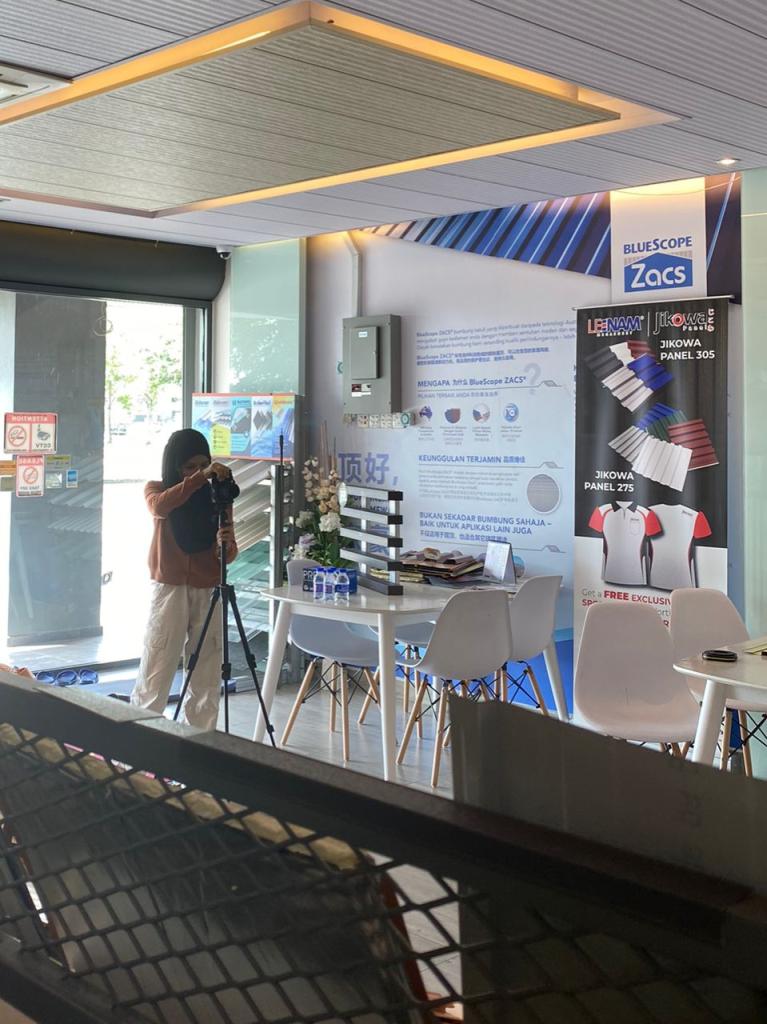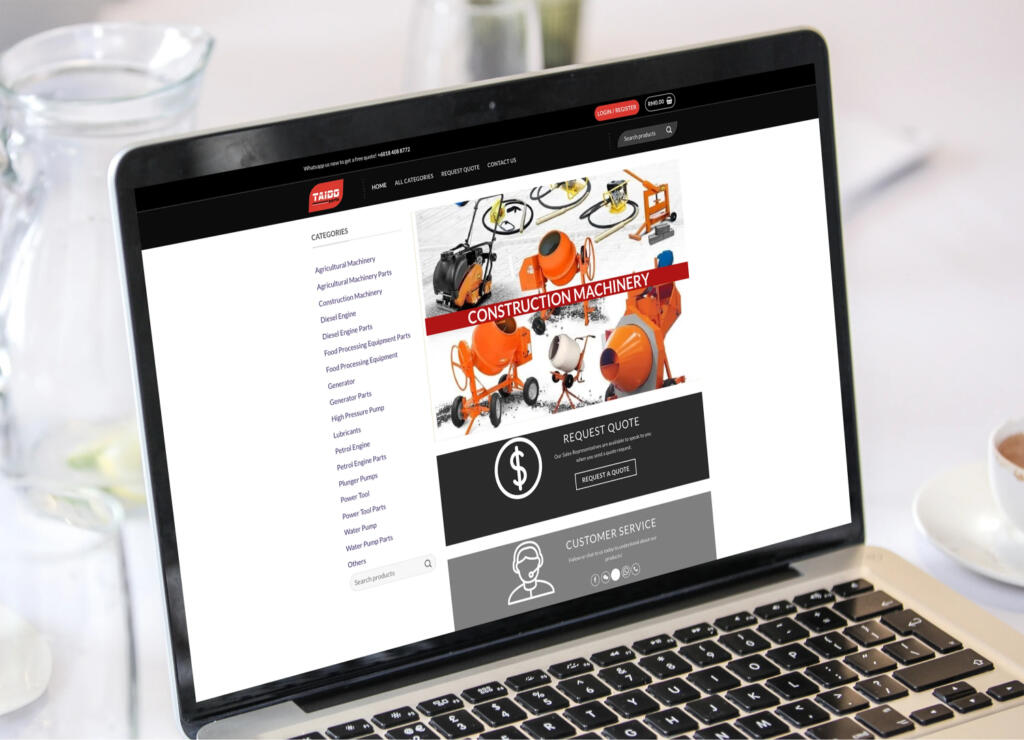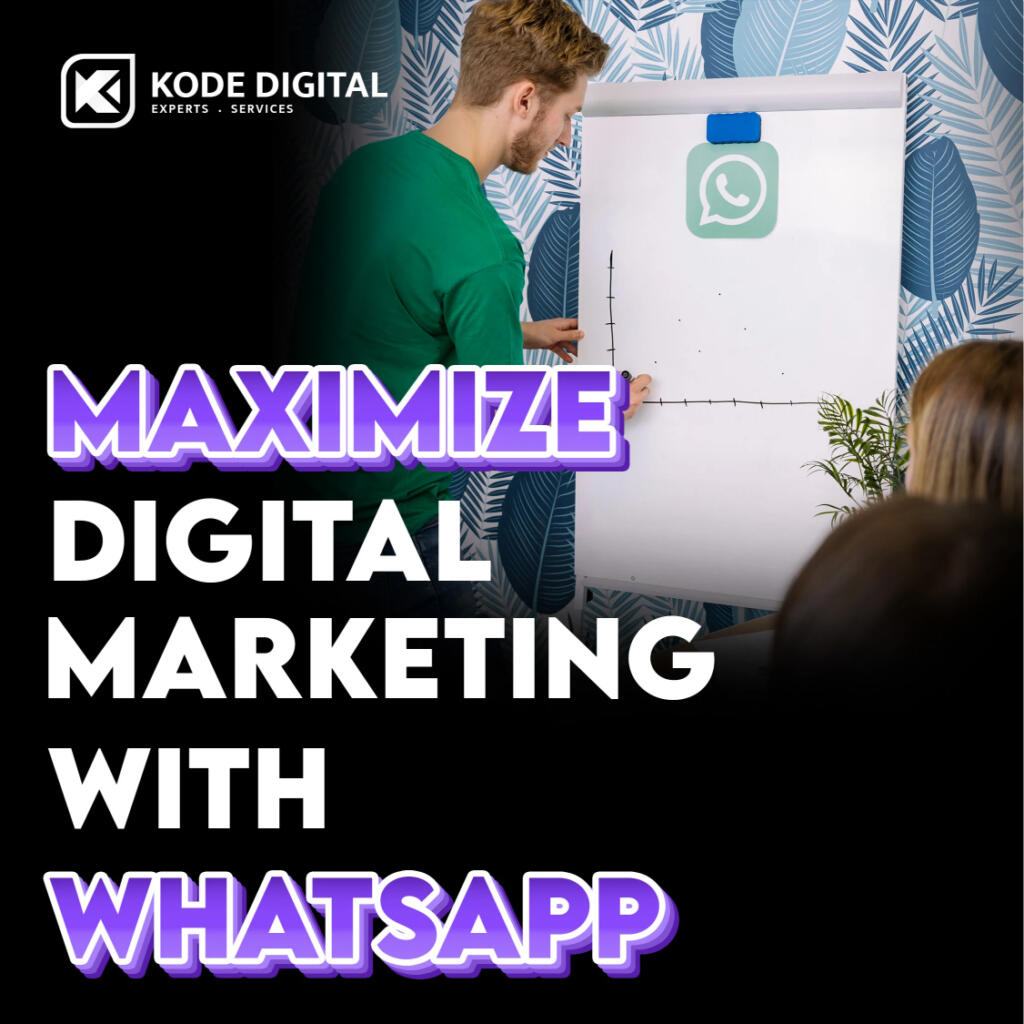Our top-tier consultancy services provide strategic guidance to elevate your entire digital presence.
Learn More
Contents
Branding, at its core, is not about logos, colour palettes, or even sleek campaigns. It is about gravity. The unseen pull that draws people in, keeps them orbiting, and makes them return time and again. And like planets suspended in an endless galaxy, every brand story holds its own force — one that is powered not by pixels or print, but by emotion.
Copywriting, then, becomes the spaceship. It carries the story, navigates the distance, and delivers a message across the universe of distractions where consumers drift daily. But what makes the ship fly is not metal or mechanics — it’s mood. Mood fuels velocity, mood bends perception, and mood decides whether your words feel like a shooting star or space debris.
Let’s explore how the “gravity of emotion” defines the way brand stories live, breathe, and move.
The Universe Within: Why Mood Matters in Branding
In space, gravity holds everything together. In branding, emotion does the same. No matter how clever a campaign or how advanced a product, what people remember is how it made them feel. A mood is the invisible thread weaving a message into memory.
Think of how a brand can feel like:
- A sunrise over Saturn — hopeful, glowing, full of possibilities.
- A meteor shower — thrilling, intense, impossible to ignore.
- A dark nebula — mysterious, deep, urging you to come closer.
Mood is what sets a story’s coordinates. It turns a product launch into a celebration, a social post into an echo, or an advert into a companion that lingers in someone’s orbit long after the scroll has passed.
Copywriting as Cosmic Navigation
Copywriting is often mistaken for just words on a page. But in reality, it is star-mapping. It guides audiences through galaxies of choice, pointing towards the brand’s true north.
When mood is harnessed, copywriting becomes more than sentences — it becomes propulsion. The right phrase can accelerate curiosity, anchor trust, or slow the reader down to savour a moment. For instance:
- Playful mood: light, witty tones that sparkle like constellations.
- Empowering mood: strong, confident words like the surge of a supernova.
- Nostalgic mood: warm, gentle rhythms that pull like Earth’s moon.
The best copywriters do not simply sell. They craft atmospheres. They create environments in which the audience feels safe enough to dream, bold enough to act, or cared for enough to choose loyalty.
Memory: The Cosmic Dust of Branding
Every star we see is an ancient light. Every brand story, too, leaves a residue. This is the dust of memory — the fragments of emotion that linger in people’s minds.
Think about your favourite brand. What is the first thing that comes to you? A product feature? Or the feeling you had when you engaged with it? Perhaps joy, perhaps calm, perhaps excitement. That is memory shaped by mood.
Brands that understand this do not only market products. They market moments:
- The laughter shared over a drink. (moment)
- The stillness of a luxury hotel lobby. (exclusivity)
- The freedom of a new pair of shoes on the pavement at dawn. (newness/freshness)
Copywriting becomes the telescope that magnifies those fragments and makes them unforgettable.
Intergalactic Examples of Mood in Action
- Nike – The Supernova of Empowerment
Their copywriting radiates urgency, fire, and boundless energy. Phrases like “Just Do It” collapse the universe of excuses into one gravitational point: action. The mood? Limitless power. - Apple – The Quiet Orbit of Minimalism
With simple words, white space, and gentle rhythms, Apple crafts an atmosphere of calm clarity. It feels like floating in the vastness of space, with nothing but light and innovation. The mood? Elegant wonder. - Coca-Cola – The Meteor Shower of Happiness
Their campaigns explode with joy, colour, and collective emotion. Coke does not sell drinks; it sells shared cosmic sparks — laughter, music, clinking glasses. The mood? Joyful connection.
How to Shape Mood in Copywriting
Creating mood is not about poetic flourishes alone. It is about conscious, deliberate choices that layer together to form an atmosphere.
- Tone of voice: Decide if your brand is a starship captain (confident, directive), a stargazer (curious, thoughtful), or a cosmic friend (warm, approachable).
- Vocabulary: Words have texture. “Galaxy” feels vast, “spark” feels light, “gravity” feels weighty. Choose textures that match your mood.
- Rhythm: Short sentences can build tension, like the heartbeat before lift-off. Longer flows can soothe, like drifting through rings of Saturn.
- Imagery: Anchor mood to sensory language. Smells, sounds, colours — all act as stardust for memory.
- Structure: Guide the reader as if they were on a journey — from Earth to stars, from curiosity to action.
Mood as the Bridge Between Brand and Human
Brands are not celestial bodies floating alone. They exist in relationship with humans — the astronauts, the dreamers, the navigators of daily life.
When the mood is set right, a brand does not feel like an object. It feels like a companion. It shares an orbit with the consumer’s own emotions. It joins in their celebrations, stands with them in their challenges, and whispers to them in moments of choice.
That is the ultimate power of mood: it transforms a transaction into a memory, a message into meaning, and a brand into belonging.
The Future: Branding Among the Stars
As we drift further into a digital galaxy — where AI, algorithms, and automation swirl like cosmic storms — the human pull of mood will matter even more. Amid endless noise, what people will stop for is not data, but feeling.
Copywriters of tomorrow will be less like salespeople and more like interstellar architects. They will design spaces of mood where humans can pause, breathe, and connect.
And perhaps, in a thousand years, when people look back at our current brands, they will not recall every product detail. They will remember the moods we gave them: the joy of discovery, the thrill of action, the comfort of belonging.
Closing Orbit
Mood is not decoration; it is gravity. It is what makes a story hold weight and what keeps a brand alive in memory. Without mood, copywriting drifts like an untethered satellite. With it, words gather energy, create light, and pull audiences into orbit.
In the grand expanse of branding, the gravity of emotion is the force that matters most. Because every purchase, every click, every choice begins not in logic, but in feeling. And when brands learn to harness that, they don’t just communicate — they create universes.
























